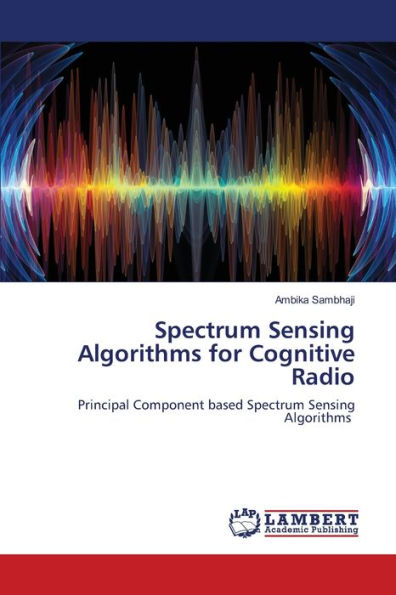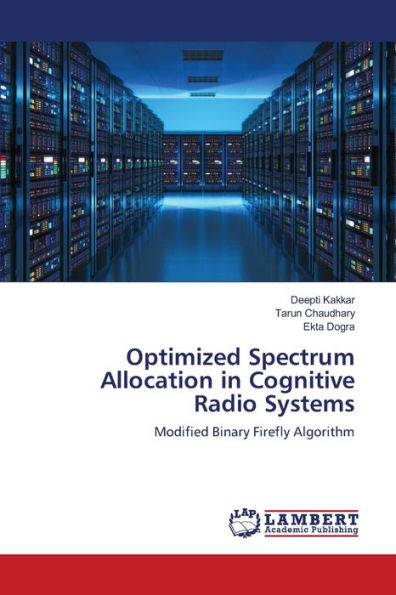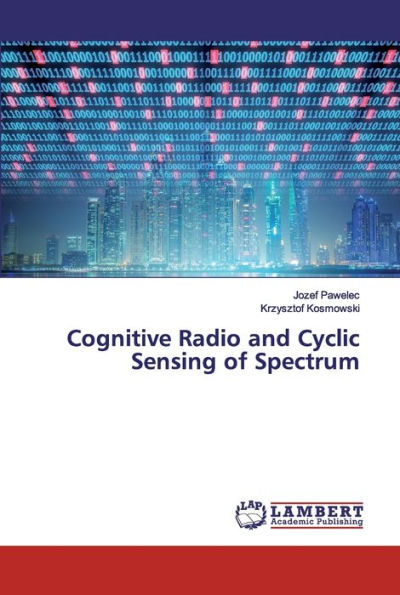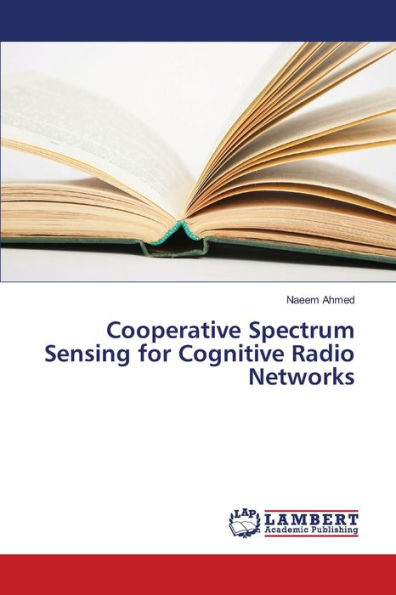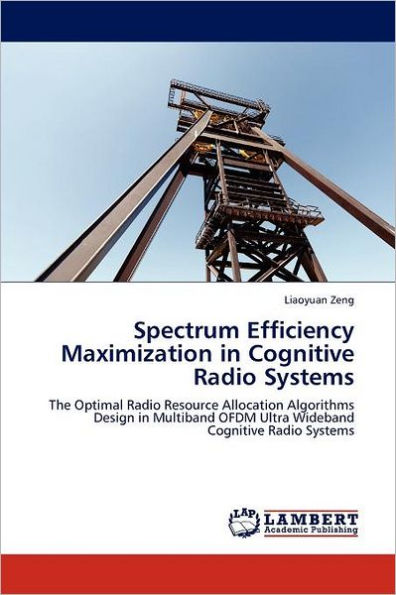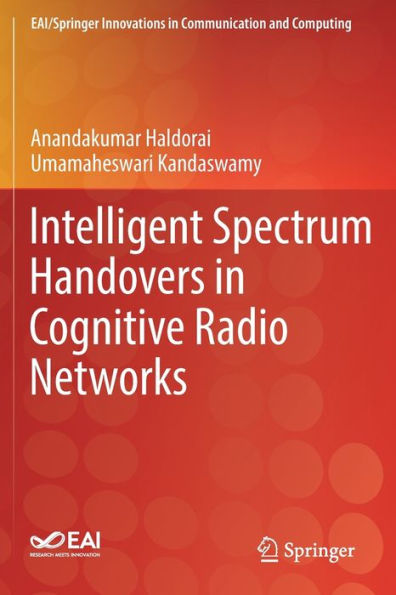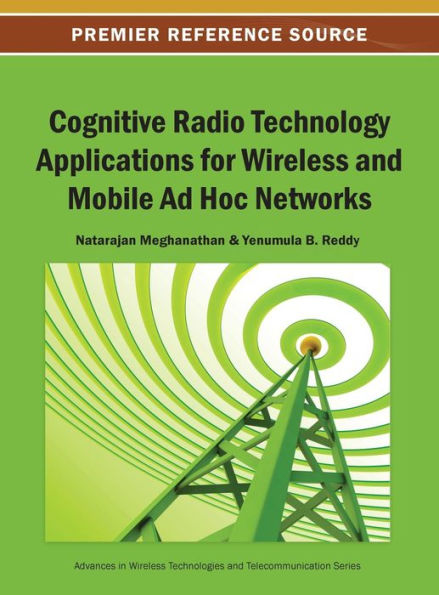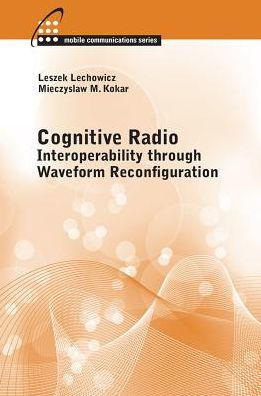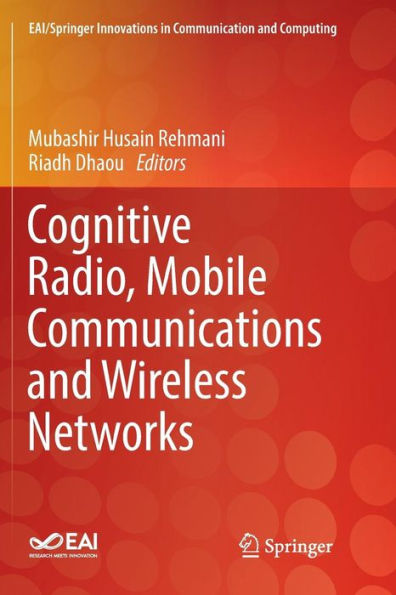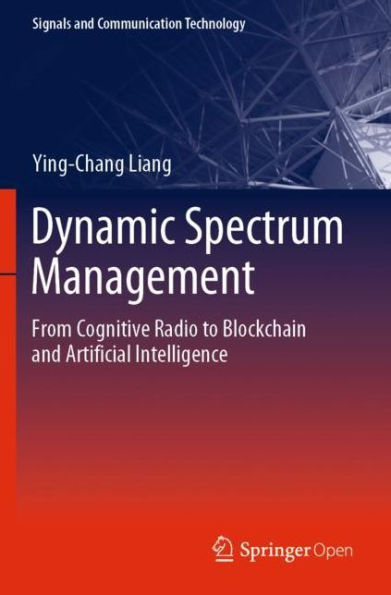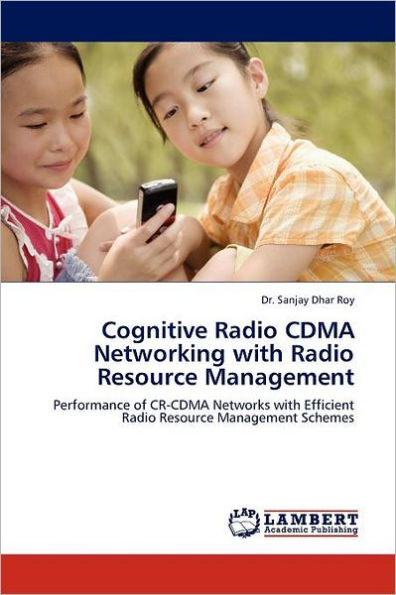Home
Spectrum Sensing And FFT Pruning For A Cognitive Radio System


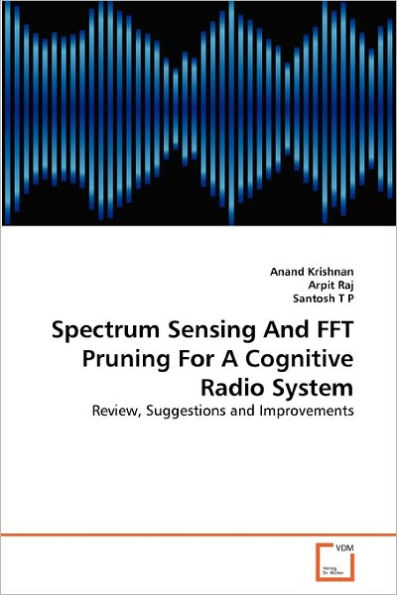
Spectrum Sensing And FFT Pruning For A Cognitive Radio System
Current price: $52.92
Loading Inventory...
Size: OS
Existing "command-and-control" spectrum allocations defined by government regulatory agencies prohibit unlicensed access to licensed spectrum, constraining them instead to several heavily populated, interference-prone frequency bands. However, it has been shown that the spectrum is not utilized efficiently across time and frequency. Optimal use can be achieved by dynamic spectrum access (DSA) - the concept of unlicensed users "borrowing" spectrum from incumbent license holders temporarily to improve the spectrum utilization. Cognitive radios offer versatile, powerful, and portable wireless transceivers enabling DSA. Spectrum sensing provides this intelligence for DSA, while pruning techniques achieve better transmission by proper compression. This work aims to summarise and improve upon the current techniques in this key area of communications. Tackling the main issues of spectrum sensing - identification of empty spectral bands for communication and using non contigous OFDM as a means of encoding over split frequency bands, this work reviews existing literature while proposing a few adaptations to improve the efficiency of the process.
